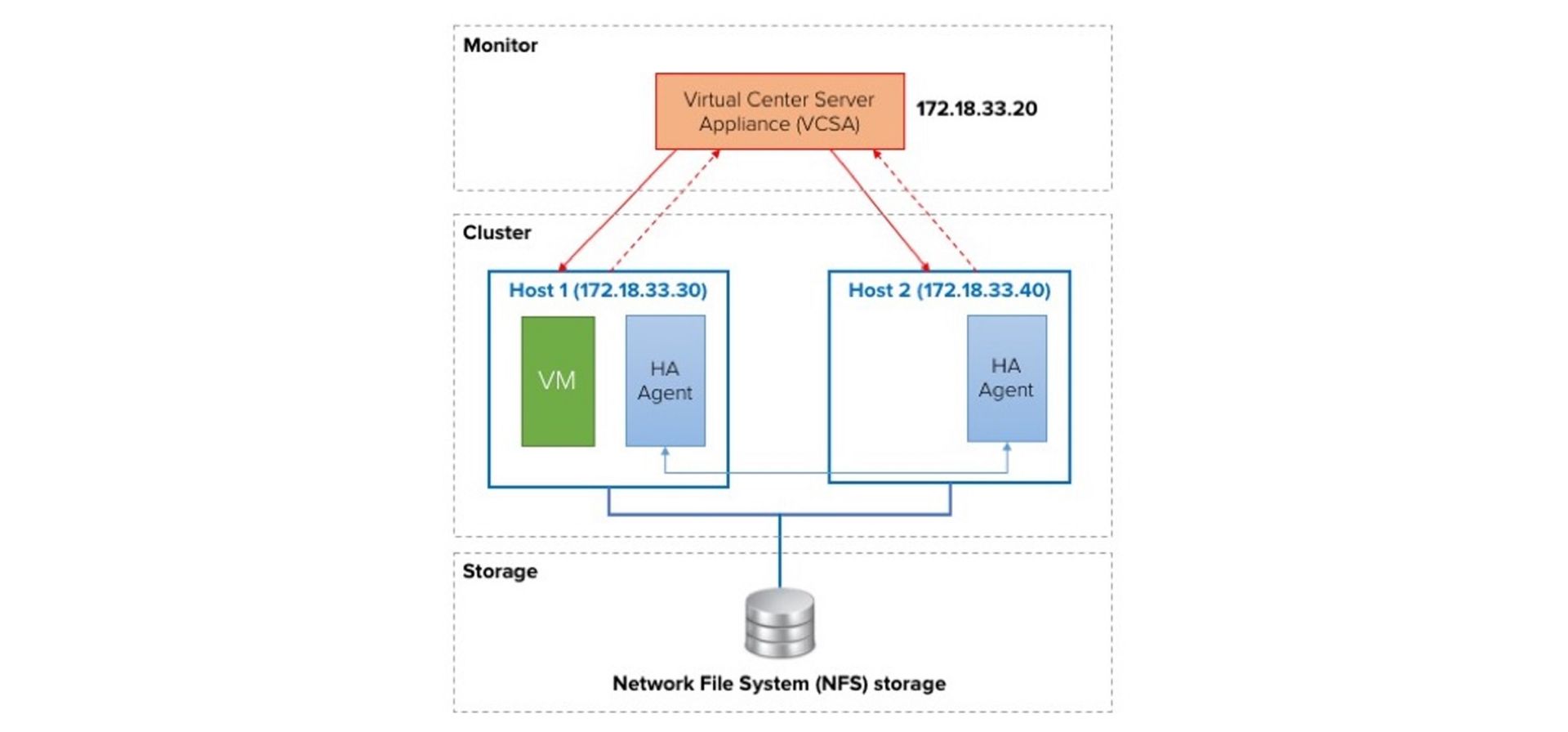Warm standby is a strategy used in computer networks to ensure continuous and secure data availability. It is a form of failover redundancy in which an idle server or device is available to take over operations of another server or device should it fail. The idle server or device is kept in a consistent state, with an up-to-date copy of data and any relevant software, and is ready to handle requests from other servers or devices connected to it.
When the primary server or device fails, the standby server or device takes over and resumes operation of the failed device with minimal disruption or downtime. In a warm standby configuration, the server or device used as the backup is already running and has all the required data ready. This is different from a cold standby configuration, where the standby system must reboot or boot up before being able to take over from a failed system.
Warm standby is widely used in businesses and organizations as a way to protect against data loss or an outage. It is typically used in environments where scalability is important, such as web hosting, cloud computing, and large networks. It is also used in enterprise applications such as databases and email systems, where data must remain available and secure at all times.
The warm standby strategy is relatively inexpensive and simple to implement, requiring minimal advance planning or maintenance. Its main drawback is the need for more hardware and software resources than a cold standby, which can increase costs. Nonetheless, the additional cost may be offset by the increased reliability and performance that warm standby offers.





